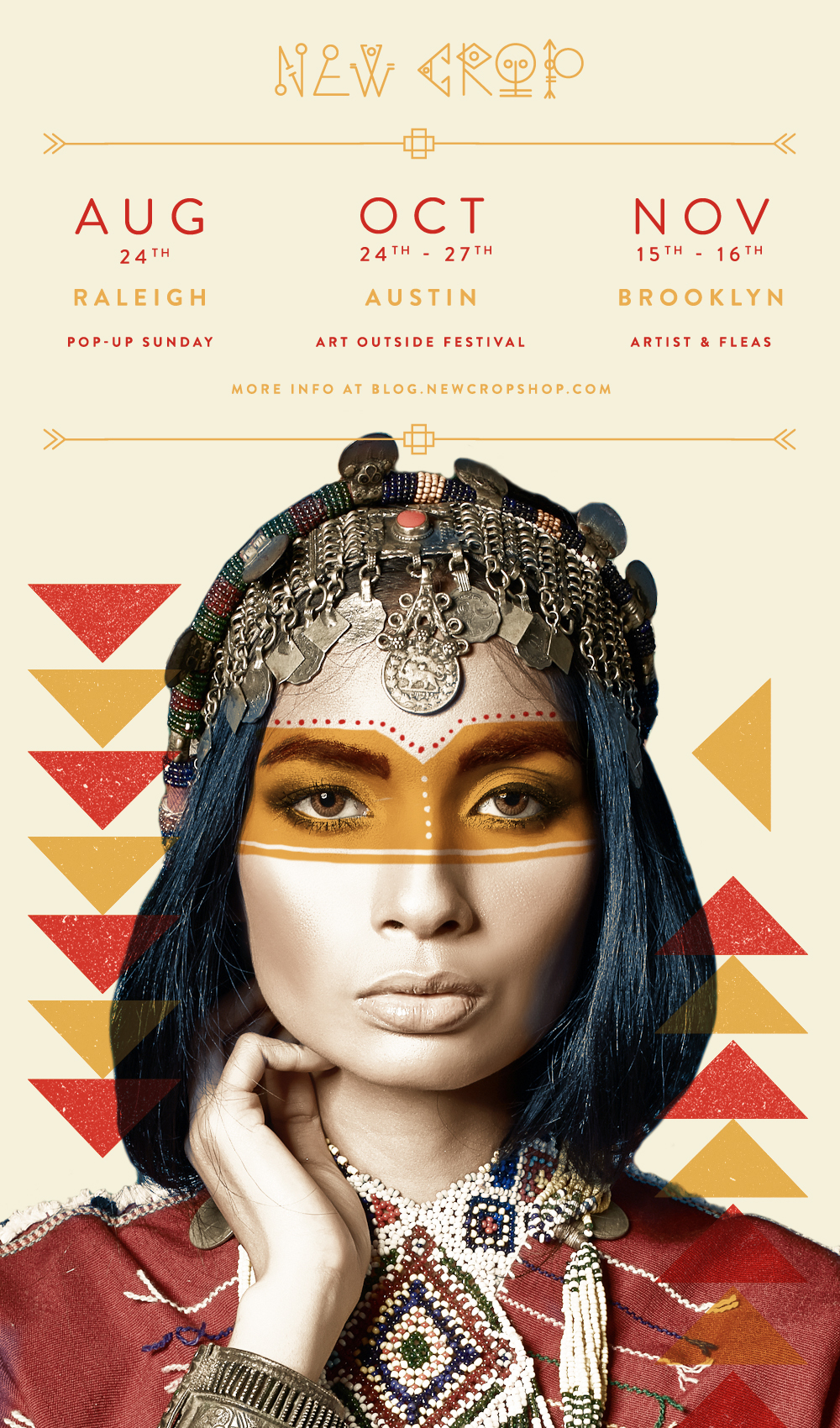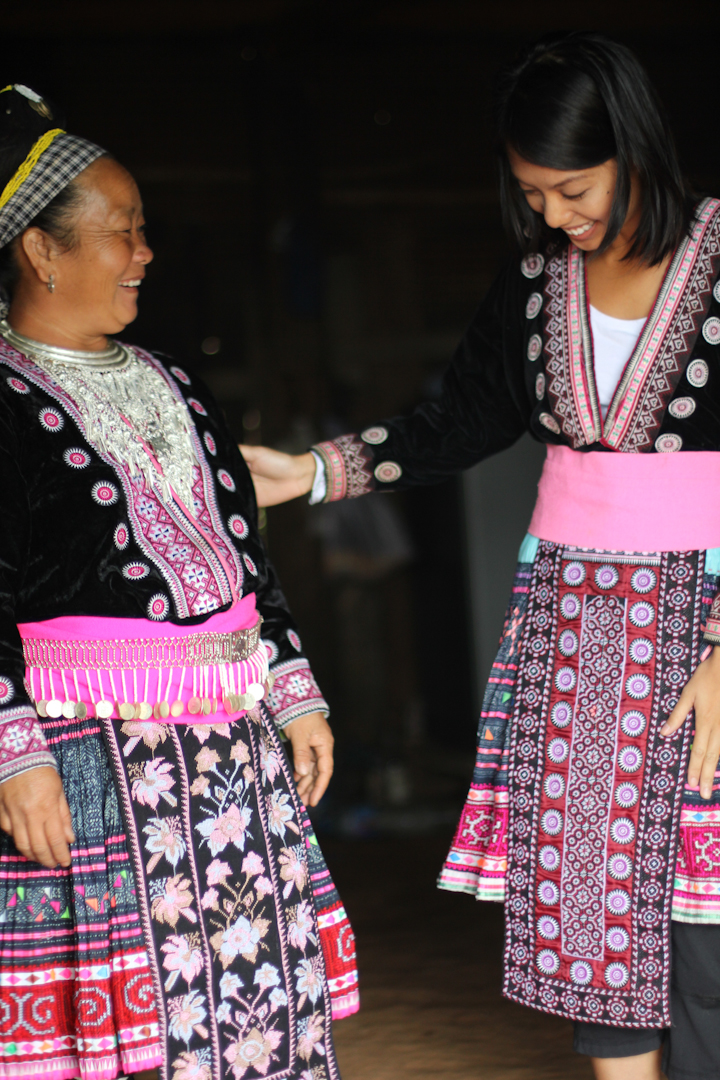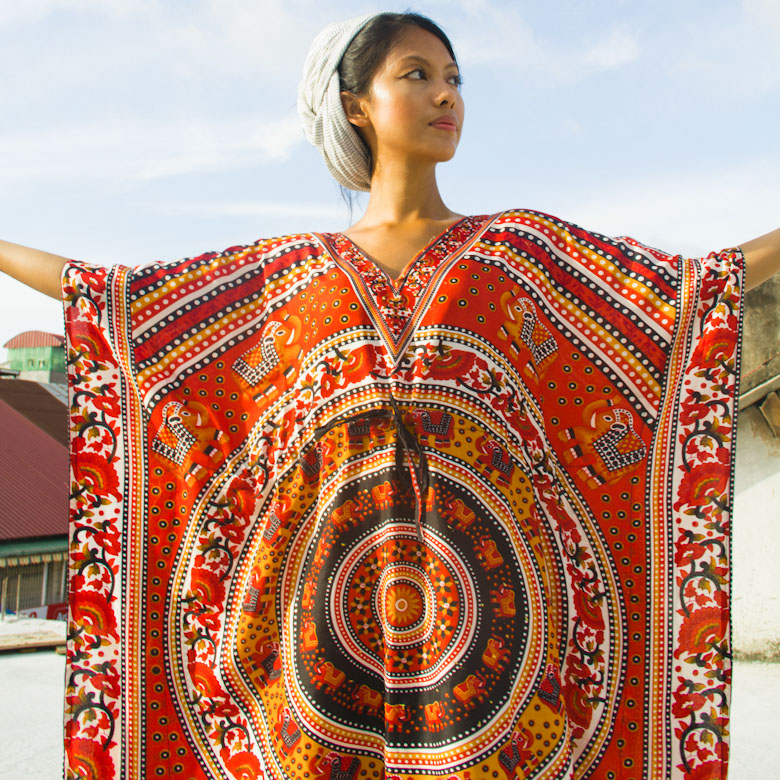

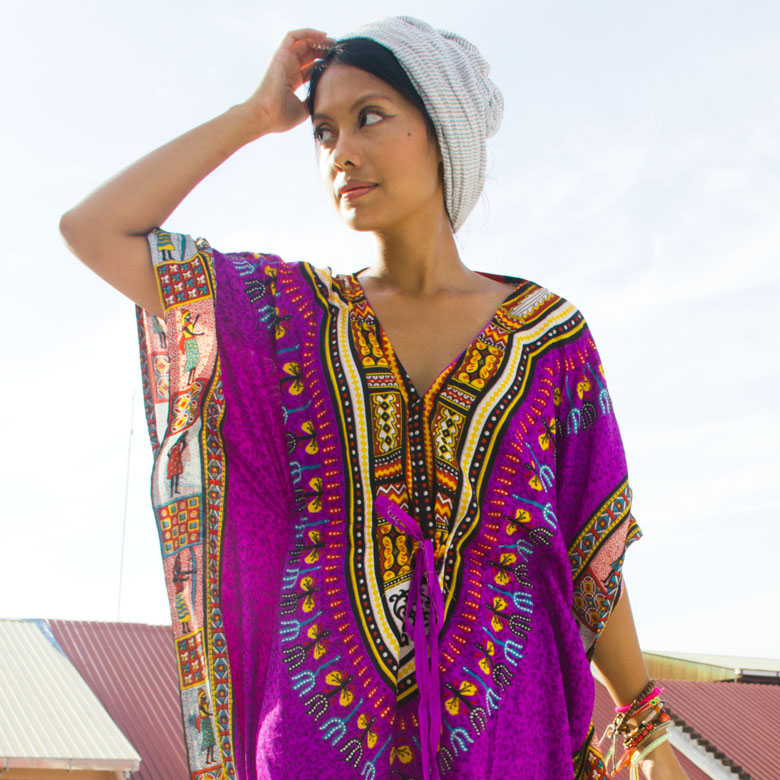
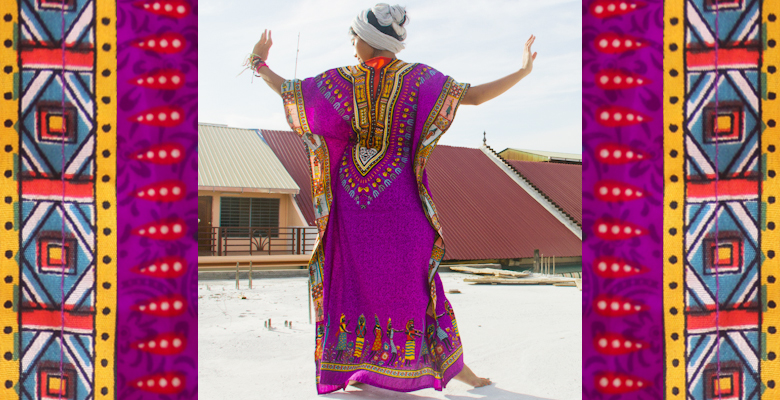

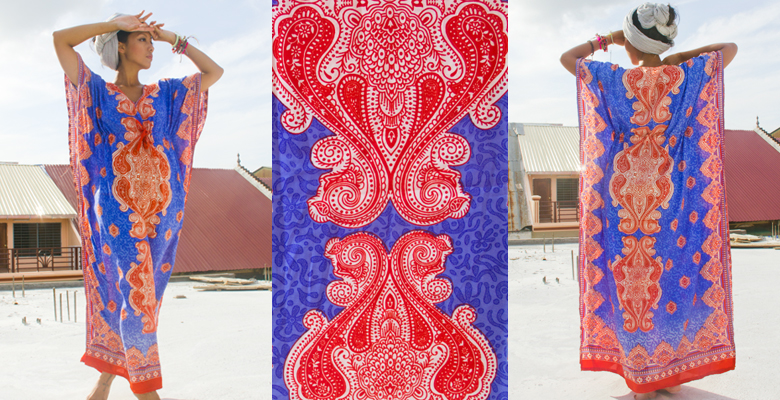
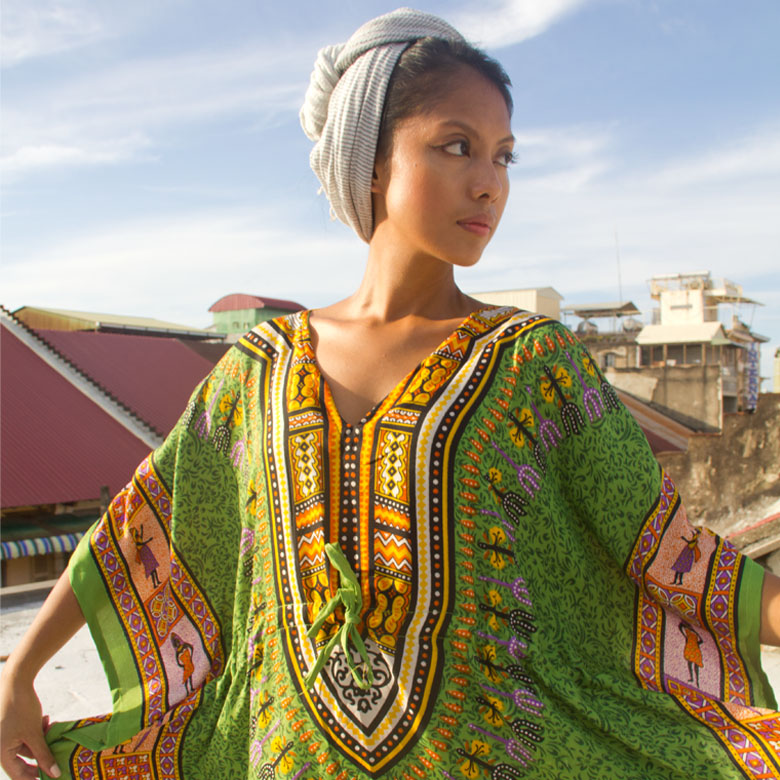
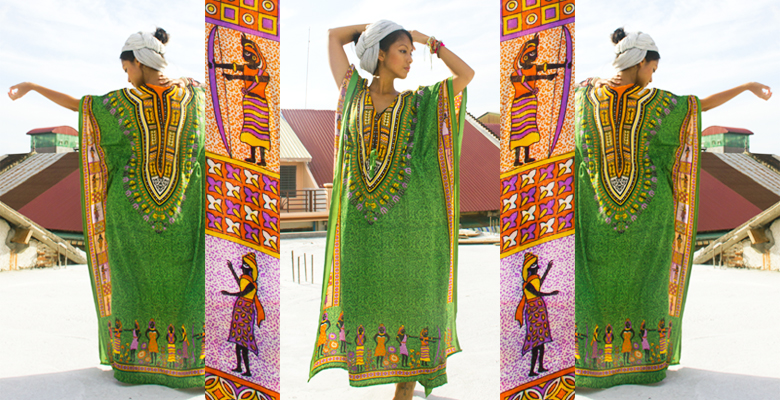
Happy Halloween everyone! I admit, I do miss toasting pumpkin ales, roasting pumpkin seeds, and having an excuse to bust out in costume with friends. However I am very grateful to experience something as beautiful and eye opening as our couple weeks spent in Cambodia. They recently just started welcoming tourists into Cambodia the past decade or so after their suffering through the Khmer Rouge. Still today, the struggle remains in this poverty stricken country as they battle corruption in their government.
Understanding this, we were more aware of the darkness found in their past which showed through their music and artwork. If you ask the locals they will share their stories of death, starvation, and survival. When visiting galleries during our time in Battambang, we noticed the essence of darkness expressed in the majority of the artwork that I, as an outsider can never fully comprehend.
Walking through the alleyways of Battambang I was in awe to see the French architecture still remained here. I also noticed many women on their sewing machines on the bottom floor of their house which opened to the outside like garage doors. The vibrancy of fabrics I felt represented the Cambodian spirit. Through a dark past, the survivors, and those to follow express their hope through their smile, willingness to reach out, enthusiasm to work, and in their craftsmanship. I especially was drawn to these colorful kaftans with playful patterns which danced in the wind. We brought them to the rooftop of our hostel and let the sun and wind bring the kaftans to life.
These will soon be available in the shop.
